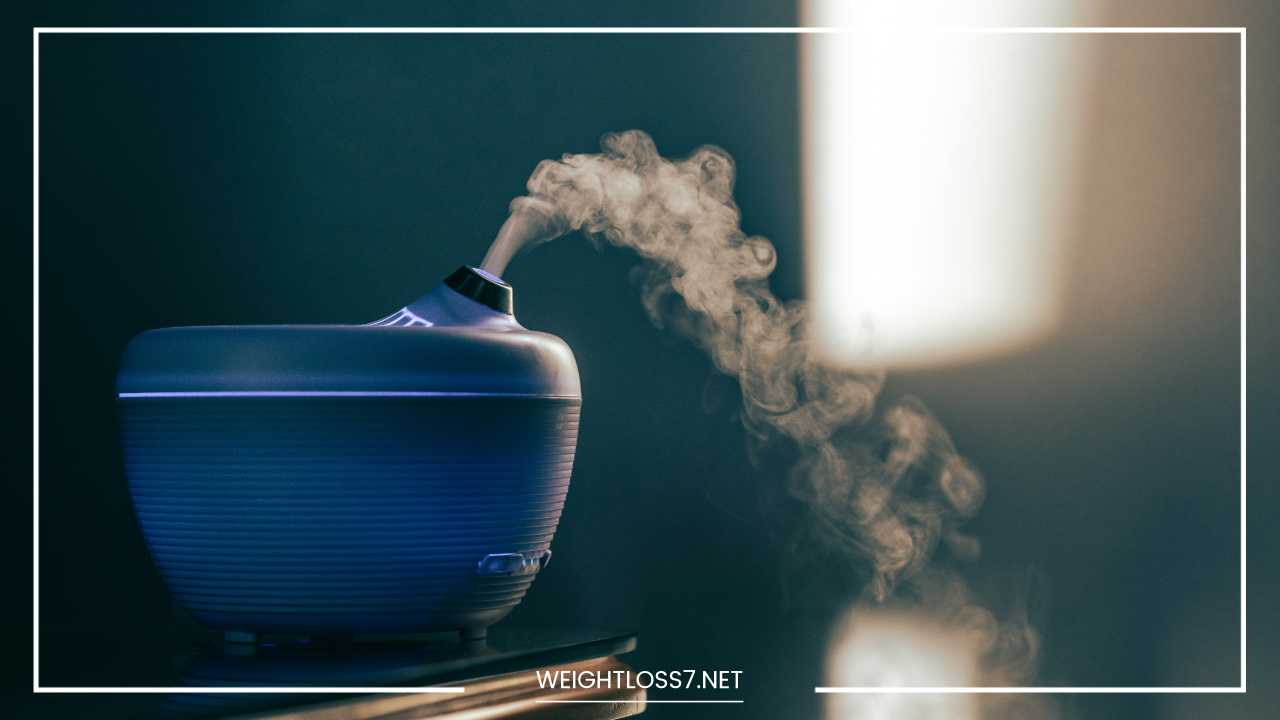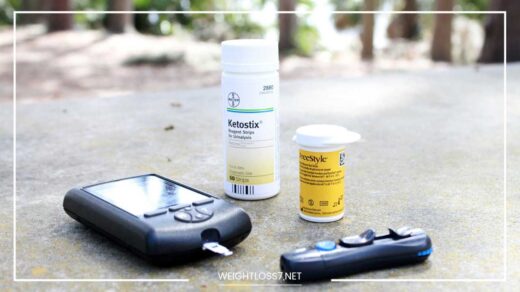How to Use Aromatherapy to Treat Common Phobias

Aromatherapy
How to Use Aromatherapy to Treat Common Phobias: A Comprehensive Guide
Phobias, characterized by intense and irrational fears of specific objects or situations, can be debilitating. They can disrupt daily life, causing significant distress and hindering even the most basic activities.
While traditional treatments like therapy and medication can be highly effective, many people seek natural approaches to manage their phobias.
Aromatherapy, the therapeutic use of essential oils, is emerging as a popular complementary therapy gaining traction in this domain.
Understanding the Link Between Aromatherapy and the Brain
Our sense of smell possesses an intriguing connection to the limbic system, the brain’s region responsible for emotions, memory, and motivation. When we inhale essential oils, the aromatic molecules embark on a journey up the nasal cavity, stimulating olfactory receptors.
These receptors, in turn, send signals to the limbic system, influencing our mood, stress levels, and cognitive function.
How Aromatherapy Can Benefit Those with Phobias
Aromatherapy offers a multifaceted approach to managing phobias, providing relief through various mechanisms:
- Reduced Anxiety: Certain essential oils boast properties that pacify the nervous system, alleviating anxiety symptoms like rapid heart rate, sweating, and shortness of breath. Lavender, for instance, is renowned for its calming and relaxing effects, making it a popular choice for anxiety management.
- Promoting Relaxation: Aromatherapy can foster a more serene environment, making it easier to cope with phobic triggers. Chamomile, with its calming and sleep-inducing properties, can be particularly helpful in creating a relaxing atmosphere.
- Improved Mood: Essential oils can elevate mood and promote feelings of well-being, crucial for individuals struggling with phobias. Bergamot, known for its uplifting and mood-boosting properties, can be beneficial in this regard.
- Enhanced Confidence: Incorporating aromatherapy into a self-care routine can empower individuals by fostering a sense of control over their fears. Clary sage, with its ability to balance hormones and ease anxiety, can contribute to this feeling of empowerment.
Important Considerations for Using Aromatherapy
While aromatherapy offers a promising complementary therapy for phobias, it’s crucial to remember it’s not a standalone solution. Here are some key points to consider:
- Complementary Therapy: For optimal results, integrate aromatherapy with established phobia treatments like cognitive-behavioral therapy (CBT) or exposure therapy. Aromatherapy can act as a support system, enhancing the effectiveness of these traditional approaches.
- Essential Oil Regulation: The U.S. Food and Drug Administration (FDA) doesn’t regulate essential oils. To ensure quality and purity, purchase essential oils from reputable sources that prioritize organic production and adhere to strict quality control measures.
- Individual Responses: The effectiveness of aromatherapy can vary from person to person. Certain individuals may be more receptive to the therapeutic effects of essential oils than others.
- Potential Side Effects: Essential oils, though generally safe, can cause side effects like skin irritation in some cases. Proper dilution with carrier oils is essential before topical application. Additionally, perform a patch test on a small area of your skin before widespread use to identify any potential sensitivities.
- Consulting a Healthcare Professional: If you are pregnant, breastfeeding, or have any underlying health conditions, consult with a healthcare professional before using essential oils. They can advise on potential interactions with medications or pre-existing conditions.
Getting Started with Aromatherapy for Phobias
Embark on your aromatherapy journey to manage phobias with these steps:
-
Identify Your Phobias: The first step is to pinpoint the specific objects or situations that trigger your phobias. Having a clear understanding of your phobias is essential for selecting appropriate essential oils.
-
Choosing the Right Essential Oils: Several essential oils hold promise for managing phobias. Here’s a closer look at some of the most commonly recommended ones:
- Lavender: A versatile oil widely known for its calming and relaxing properties. It can be beneficial for various phobias, including public speaking phobia and social phobia.
- Chamomile: Possesses relaxation-promoting and anxiety-reducing properties, making it a valuable tool for managing phobias that trigger anxiety symptoms.
- Bergamot: Uplifts mood and reduces stress, proving helpful for phobias that cause feelings of social awkwardness or low mood.
- Clary Sage: Known for its hormone-balancing properties, clary sage can be beneficial for phobias مرتبطة (muttafiqah) with hormonal fluctuations, such as fear of flying. (In Arabic, “muttafiqah” means “related to”.)
- Sandalwood: Promotes feelings of peace and tranquility, making it a suitable choice for phobias that induce panic attacks or overwhelming anxiety.
-
Essential Oil Diffusion: An essential oil diffuser is an excellent way to disperse the aromatic molecules of essential oils into the air, allowing for inhalation and reaping the therapeutic benefits. Consider these factors when choosing a diffuser:
Diffuser Type: There are various diffusers available, each with its own advantages. Ultrasonic diffusers are popular due to their quiet operation and effectiveness in dispersing essential oils. Nebulizing diffusers are another option, but they can be noisier and may alter the chemical composition of some essential oils.
Room Size: Select a diffuser suitable for the size of the room you intend to use it in. Smaller diffusers are ideal for personal spaces, while larger diffusers can effectively scent bigger rooms.
-
Direct Inhalation: Another option is to inhale the essential oils directly from the bottle or by applying a drop to a tissue. This method can provide a more concentrated dose, but caution is advised.
-
Creating a Relaxing Atmosphere: Combine aromatherapy with other relaxation techniques for a synergistic effect. Deep breathing exercises and meditation can significantly enhance the calming and anxiety-reducing properties of essential oils.
-
Be Patient and Consistent: It may take some time to experience the full benefits of aromatherapy. Be patient and consistent with your use of essential oils. The regularity of use is crucial for allowing your body to adjust and respond positively to the therapeutic effects.
Aromatherapy for Specific Phobias
Here’s a more targeted approach to using aromatherapy for some common phobias:
-
Public Speaking Phobia:
- Essential Oils: Lavender and chamomile are excellent choices for calming nerves and promoting relaxation before a presentation.
- Application: Diffuse these oils 30 minutes beforehand in the room where you’ll be speaking. Alternatively, dab a diluted solution of lavender or chamomile essential oil on your wrists or temples shortly before your presentation.
-
Social Phobia:
- Essential Oils: Bergamot and clary sage can be helpful in social situations by uplifting mood and reducing anxiety.
- Application: Diffuse these oils for 15-20 minutes before a social gathering, or inhale directly from the bottle or a tissue throughout the event.
-
Arachnophobia (Fear of Spiders):
- Essential Oils: While not a replacement for exposure therapy, lavender or sandalwood can create a more calming environment when faced with a spider.
- Application: Diffuse either oil when encountering a spider, or take a few deep inhalations directly from the bottle. Remember, the goal is to manage anxiety, not eliminate the phobia completely.
-
Claustrophobia (Fear of Enclosed Spaces):
- Essential Oils: Lavender and bergamot can be beneficial for claustrophobia due to their calming and mood-lifting properties.
- Application: Apply a diluted solution of these oils to a tissue and inhale deeply before entering an enclosed space, such as an elevator or MRI machine.
-
Agoraphobia (Fear of Crowds or Open Spaces):
- Essential Oils: Lavender and clary sage can be helpful for managing anxiety associated with agoraphobia.
- Application: Diffuse these oils for 20-30 minutes before venturing into crowded or open spaces. Alternatively, carry a diluted solution in a roll-on bottle for inhalation throughout the day.
Additional Tips for Safe and Effective Aromatherapy
- Storage: Store essential oils in dark glass bottles in a cool, dry place to preserve their potency.
- Sun Sensitivity: Certain essential oils, such as citrus oils, can increase sun sensitivity. Avoid sun exposure after applying these oils topically.
- Children and Pets: Use caution with essential oils around children and pets. Some oils can be toxic if ingested, so keep them out of reach. Consult a healthcare professional before using essential oils with children or pregnant women.
Aromatherapy can be a valuable tool for managing phobias alongside traditional treatments. By understanding the science behind aromatherapy and incorporating it safely into your self-care routine, you can experience relief from anxiety and create a more calming environment to cope with phobic triggers.
Remember, aromatherapy is a journey of exploration. Experiment with different essential oils and techniques to find what works best for you.
With patience and consistency, you can harness the power of aromatherapy to manage your phobias and live a more fulfilling life.
The Expanding World of Aromatherapy for Phobias
While aromatherapy offers promising results for common phobias, its potential extends far beyond. Here’s a glimpse into how aromatherapy can be helpful for a wider range of phobias:
-
Acrophobia (Fear of Heights): The anxiety and dizziness associated with acrophobia can be soothed with calming essential oils like clary sage and lavender. Diffusing these oils before ascending heights or inhaling them directly during mild anxiety episodes can provide relief.
-
Zoophobia (Fear of Animals): Similar to arachnophobia, aromatherapy can be a supportive tool for managing phobias of various animals. For instance, lemongrass oil possesses properties that some find helpful in alleviating anxiety caused by a fear of snakes. It’s important to note that aromatherapy should be used in conjunction with exposure therapy or other desensitization techniques for zo phobias.
-
Trypanophobia (Fear of Needles): The clinical setting and medical instruments can heighten anxiety for those with trypanophobia. Incorporating calming essential oils like chamomile or lavender into the experience can make a significant difference. Diffusing these oils in the waiting room or inhaling them before a procedure can promote relaxation and reduce needle anxiety.
-
Emetophobia (Fear of Vomiting): The fear of vomiting can be incredibly debilitating. Peppermint essential oil, known for its nausea-relieving properties, may be helpful in managing anxiety associated with emetophobia. Diffusing peppermint oil before entering situations that trigger emetophobia or inhaling it during an anxiety episode may offer some relief. However, it’s crucial to consult with a healthcare professional before using peppermint oil, especially if you have any underlying health conditions.
-
Social Anxiety Disorder: While social phobia focuses on specific social situations, social anxiety disorder (SAD) encompasses a broader fear of social interaction. Aromatherapy can be a helpful component of managing SAD by promoting relaxation and boosting mood. Bergamot, with its uplifting properties, and clary sage, known for balancing hormones and alleviating anxiety, can be beneficial. Diffusing these oils before social gatherings or inhaling them throughout the day may be helpful.
Clinical Applications and Ongoing Research
The therapeutic applications of aromatherapy for phobias are a growing area of research. While many studies have yielded positive results, more high-quality clinical trials are needed to solidify its place in phobia treatment regimens. Here are some promising areas of exploration:
- Combination Therapy: Research is underway to investigate the effectiveness of combining aromatherapy with traditional phobia treatments like CBT and exposure therapy. The potential for a synergistic effect, where aromatherapy enhances the results of traditional therapies, is an exciting avenue for future research.
- Dosage and Application Methods: Optimizing the dosage and application methods of essential oils for specific phobias is another crucial area of research. This will help to ensure safety and efficacy when using aromatherapy for phobia management.
The Future of Aromatherapy for Phobias
Aromatherapy holds immense promise as a complementary therapy for phobias. As research continues to explore its effectiveness and refine application methods, aromatherapy has the potential to become a more widely recognized and integrated approach to managing phobias.
If you’re struggling with phobias, consider discussing aromatherapy with your healthcare professional to see if it might be a suitable addition to your treatment plan.
Remember, aromatherapy is a journey of self-discovery. Experiment with different essential oils and techniques to create a personalized approach that empowers you to manage your phobias and live a life filled with less fear and more freedom.
Disclaimer: This information is for educational purposes only and should not be construed as medical advice. Always consult with a qualified healthcare professional before using essential oils, particularly if you have any underlying health conditions or are pregnant or breastfeeding.

















